Without memories, we’d be lost. They’re the threads that hold our lives together, connecting who we were to who we are.
But we’ve only recently pieced together the extraordinary brain science behind them – a story that takes in amnesiacs, mind palaces and ghostly carnivals.
One of our first analogies for understanding memory comes from Ancient Greece, where Plato likened memories to etchings on a wax tablet, and his favourite student, Aristotle, continued to use this in his own writings.
Forgetfulness, said Aristotle, occurred in childhood because the wax was too soft, and in the elderly because it was too hard.
For him, memories were not located in the brain, but throughout the body. He thought that the brain was present merely to cool the hot heart – the seat of our soul.
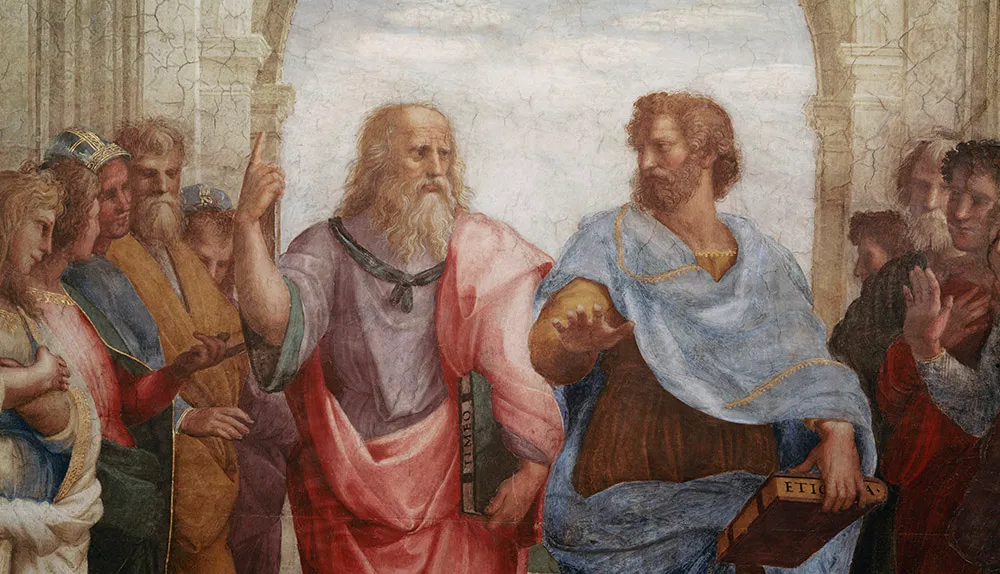
A tendency to favour the heart over the brain continued for centuries – in part because of the Church’s ban on dissecting the human brain. In fact, it wasn’t until the 17th Century that people began to realise that the brain had any capacity for thought at all.
It was German philosopher Hermann Ebbinghaus who pioneered the first scientific study of memory in the late 19th Century. He cared less for where memories lay in the brain, and more for how memory works.
In his most famous experiments, Ebbinghaus created a list of more than 2,000 nonsense words, such as ‘kaf’ or ‘nid’, which he proceeded to memorise and then tried to recall over time. He discovered that we tend to forget in an exponential way – that is, we forget a lot soon after learning, and then we forget in a slower manner over time.
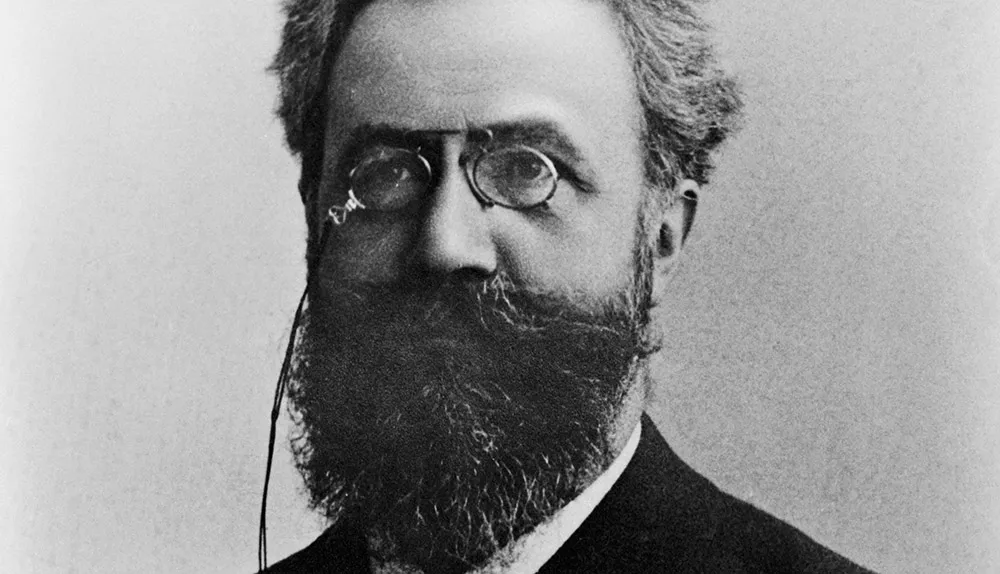
He also classified three types of memory in psychology: sensory memory, short-term memory and long-term memory – labels that are still used today.
Sensory memory is the first kind of memory that enters your brain: it lasts for a split second. The touch of your clothes against your skin, the smell of a bonfire. Unless we attend to that memory, it disappears for good. Give it some thought, however, and you will nudge it into your short-term memory.
You use this all the time without realising. For instance, you can only understand what happens at the end of this sentence because you remember what happened at the beginning.
Our short-term memory is said to have a capacity for about seven items, which can be held in the mind for around 15 to 30 seconds. Rehearsing these items would be a way to transfer them into your long-term memory – our seemingly limitless warehouse for storing memories for the long haul.
Theories of the mind
Over the following decades, others continued to advance our understanding of memory. One of the most influential was a British psychologist called Frederic Bartlett.
In 1914, he performed a series of experiments in which he asked students to read a story and repeat it back from memory.
By analysing how the story transformed over days, months and years, he advanced the (now proven) theory that memories are imperfect reconstructions of events. He said we actually only remember a small part of the original observation, and fill in the gaps with cultural references and personal knowledge.

But despite a growing recognition of how human memory worked, many questions remained. Where are memories stored? What does a memory look like? Those were questions that the American psychologist Karl Lashley spent his whole career trying to answer.
His most important experiments involved searching for traces of memory within specific areas of the rat’s cerebral cortex – the folded, outer layer of the brain that plays a role in cognition, sensory perception, decision making, and a whole host of other key functions.
From 1935 onwards, he systematically damaged specific areas of the cortex before or after a rat was trained to find its way out of a maze. But no matter which part of the brain was removed, the rats continued to remember how to exit the maze better than rats who had never been trained in the first place.

Lashley concluded that our ability to learn and remember must be distributed across many parts of the brain instead of lying within a single region.
One particular patient proved key to this idea: a young man called Henry Molaison.
Having suffered severe epileptic seizures for most of his life, Molaison agreed to a drastic experimental treatment. In 1953, surgeons drilled holes into his brain and sucked out the areas responsible for the seizures – a seahorse-shaped region on either side of the brain called the hippocampus

The operation was a success in that it largely cured his seizures, but Molaison was left with profound amnesia, unable to create new long-term memories.
However, Molaison could remember most of his past up until a few years before the operation. It was later discovered that he could also form procedural memories, a type of long-term memory responsible for knowing how to do something, like riding a bike.
Molaison’s memory troubles proved that the hippocampus was vital in creating most new memories, but that the memories themselves were stored elsewhere in the brain.
Key terms
Hippocampus - An area of the brain that is vital to forming different kinds of memories. Famously resembles a seahorse.
Neuron - A cell that is uniquely suited to passing messages around the brain in the form of electrical activity. Our brains contain some 86 billion of them.
Neurotransmitter - A chemical messenger that is released at the end of a neuron by the arrival of an electrical impulse. Neurotransmitters diffuse across the gap and make nearby neurons more or less likely to fire their own electrical impulse.
Semantic memory - A type of long-term memory of ideas and facts that is not drawn from personal experience, such as the name of a colour.
Synapse - The gap between two neurons, which allows activity to flow from one cell to the next. Changes in these structures are integral to memory and learning.
Researchers, including neuroscientist Prof Suzanne Corkin, continued to test Molaison regularly over the next 46 years – although for Molaison, each day they spoke was like the first. “It’s a funny thing,” Molaison told Corkin. “You just live and learn. I’m living and you’re learning.”
Although Molaison was instrumental in convincing the research community that memory was not the responsibility of one sole region of the brain, it did not answer the question of how a memory is formed.
Neurons that fire together, wire together
Back in 1906, Camillo Golgi and Santiago Ramón y Cajal had been jointly awarded a Nobel Prize for advances in cell-staining techniques that demonstrated the anatomy of a neuron.
Thanks to their work, scientists knew there were millions of neurons in the brain that pass messages to each other in the form of electrical impulses. When an impulse reaches the end of one neuron, it causes the release of chemical messengers called neurotransmitters, which pass across the gap, or synapse, and latch onto a neighbouring neuron.
This makes the second neuron more or less likely to fire its own impulse. But how these neurons formed long-term memories was still a mystery
Read more about the brain and memory:
That remained the case until 1949, when Donald Hebb published one of the most influential theories of neuroscience in the last century. He wrote that any two brain cells that are repeatedly active at the same time will tend to become ‘associated’.
Their anatomy and physiology will change so that they form new connections or strengthen existing ones. The activity in one, he said, will subsequently facilitate activity in the other. You’ll often find this summarised as “neurons that fire together, wire together."
Simply put, if two concepts, say the smell of a rose and its name, repeatedly stimulate their respecting neurons in the brain at the same time, those neurons will change shape and strengthen that connection.
Neurons associated with the smell of a rose will now more likely stimulate neurons responsible for its name
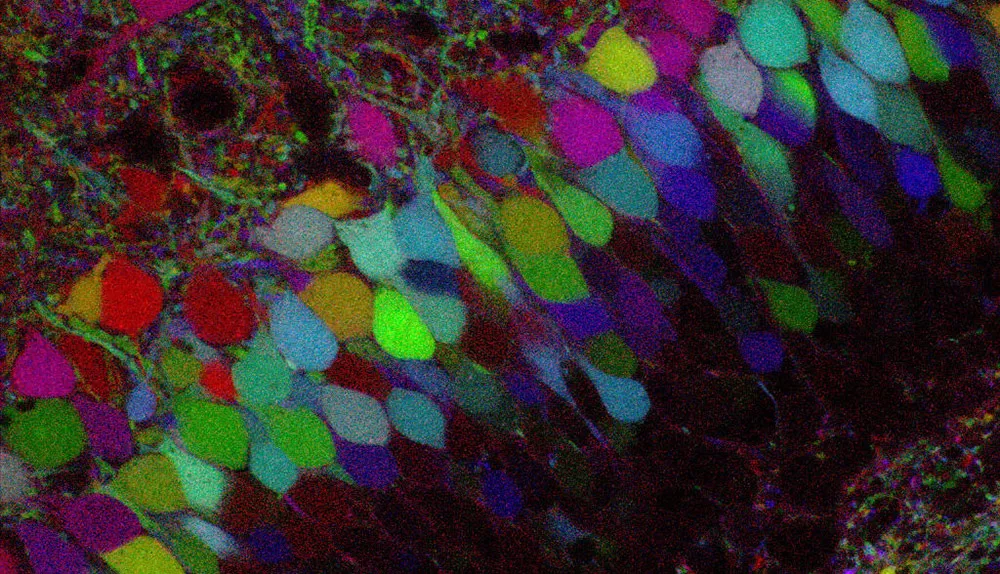
This, said Hebb, is the process that underlies the storage of long-term memories. Such memories endure because they are now a unique part of your neuronal architecture. The more they are recalled, the stronger and more permanent the memory becomes.
Around the same time, Canadian surgeon Wilder Penfield demonstrated how stimulating parts of the cortex could evoke a memory.
He was operating on people with epilepsy who were awake during the surgery. While operating on one woman, he stimulated an area overlaying the hippocampus, within the cortex.
His patient spoke: “I think I hear a mother calling her little boy somewhere, it seems to be something that happened years ago in the neighbourhood where I live.”
Penfield stimulated the spot again, and once more the mother’s voice cried out. He moved the stimulus a little to the left, and suddenly the woman heard more voices. It was late at night, she said, and they were coming from a carnival.
“There are lots of big wagons that they’re using to haul in the animals”.
The tiny jolts of activity applied by Penfield seemed to be bringing to life long-forgotten memories – like reaching into a dusty album and picking a photo at random.
Read more:
- Instant Genius: the Brain
- Memory could depend on the time of the day, study in mice suggests
- Childhood hardship linked to memory decline later in life
- How do psychedelics affect the brain?
Recalling memories is a mysterious process that is still not fully understood. However, thanks to Prof Elizabeth Loftus, then at the University of Washington, we know that our recall is not always accurate.
In the 1990s, she demonstrated that false memories could be implanted in people’s minds. She convinced people of fake chokings, near drownings, even demonic possessions. She showed that tiredness, drugs and low IQ could all influence how likely someone is to be at risk of forming false memories.
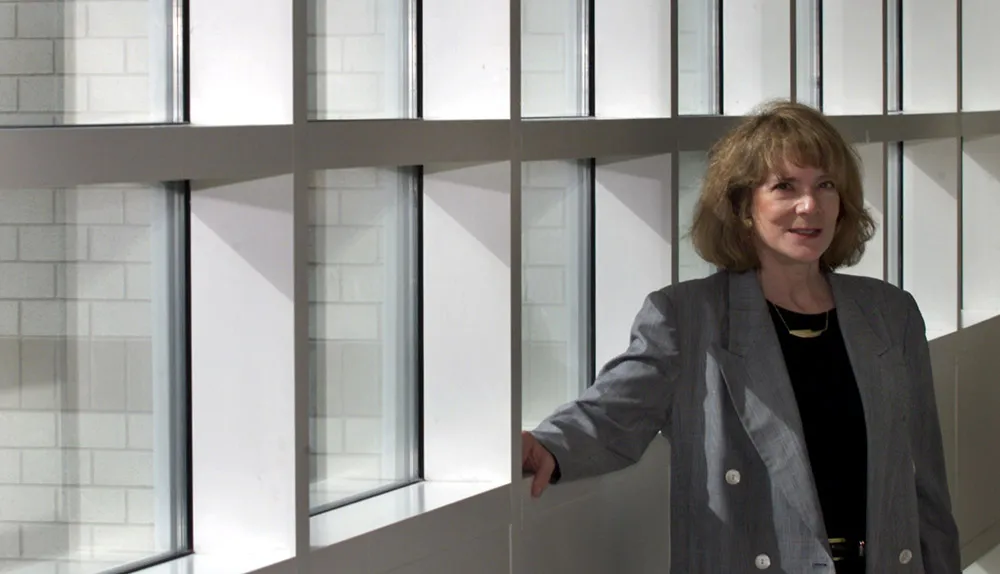
Her work revealed something quite extraordinary: that our memories, once formed, are not fixed. Each time we retrieve a memory, we strengthen the neural pathways that have created it, and in doing so, reinforce and consolidate that memory so that it becomes lodged more permanently in our minds.
But for a short time during this retrieval process, our memory becomes malleable – we are able to reshape it and, sometimes, contaminate it.
The hippocampus: where memories are formed
With advancing imaging techniques, research has focused once again on pinpointing where in the brain memories are stored. We now know that the hippocampus springs into action to glue different aspects of a single memory together.
Indeed, when people attempt to learn new associations and recall them later, those whose hippocampus generated the most activity while learning the associations are best at recalling them in the future.
It’s as if they glued them together better in the first place.
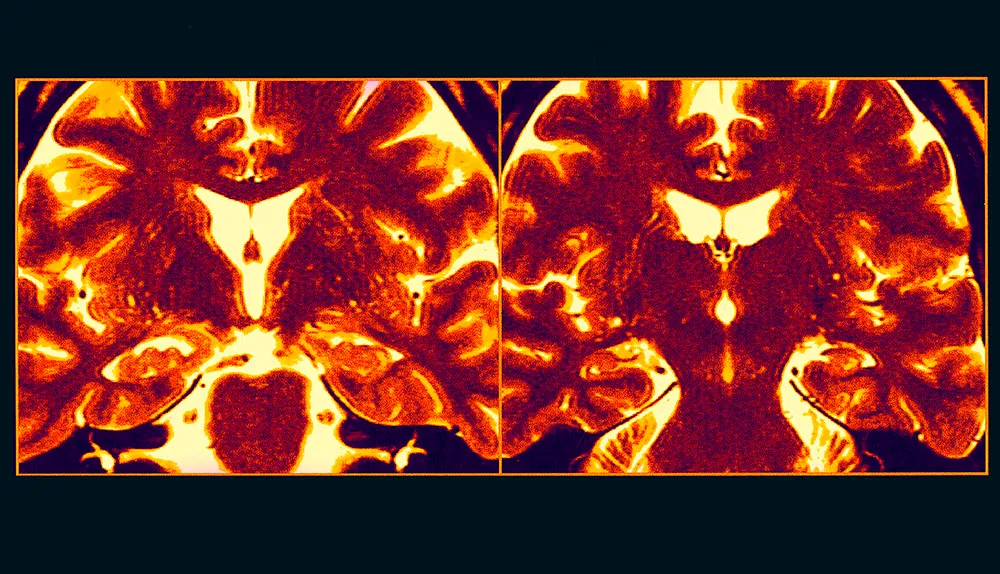
By putting all the pieces of the puzzle together, researchers thought they had a pretty good theory of memory: they surmised that all incoming information is briefly processed in the cortex, before converging on the hippocampus.
The hippocampus sorts through the new information, deciding how ‘important’ it is (in essence, does it look like something worth remembering?), and then, if necessary, encoding it in the brain by forming new synapses.
Over time, the neurons that represent this memory will migrate into the cortex for long-term storage, their connections being strengthened each time we access the memory.
However, advanced methods for recording and manipulating brain activity have recently turned that theory on its head.
In 2017, researchers at the Massachusetts Institute of Technology, led by Takashi Kitamura, showed that short- and long-term memories are actually formed simultaneously.
Kitamura’s team used new techniques that involved optogenetics, which is a way of turning cells on and off using light, together with labelling individual memory cells. The team trained mice to fear a particular chamber by giving them a small electric shock when they entered it.
Immediately after the training, the researchers were able to see memories of the shock forming in both the hippocampus and the prefrontal cortex, an area just behind the forehead.
However, the memory cells in the prefrontal cortex lay silent. A trace of the memory was definitely there, though – when the team stimulated these cells artificially, the mouse would freeze, just as it did when the hippocampal memory cells were active and when the mouse naturally encountered the chamber.
Rather than the memory gradually migrating from the hippocampus to the cortex, it appeared it was already there. Over two weeks, the cortex memory cells changed shape and activity and eventually became active by themselves when the mice encountered the chamber, at which point the hippocampal memory cells became silent.
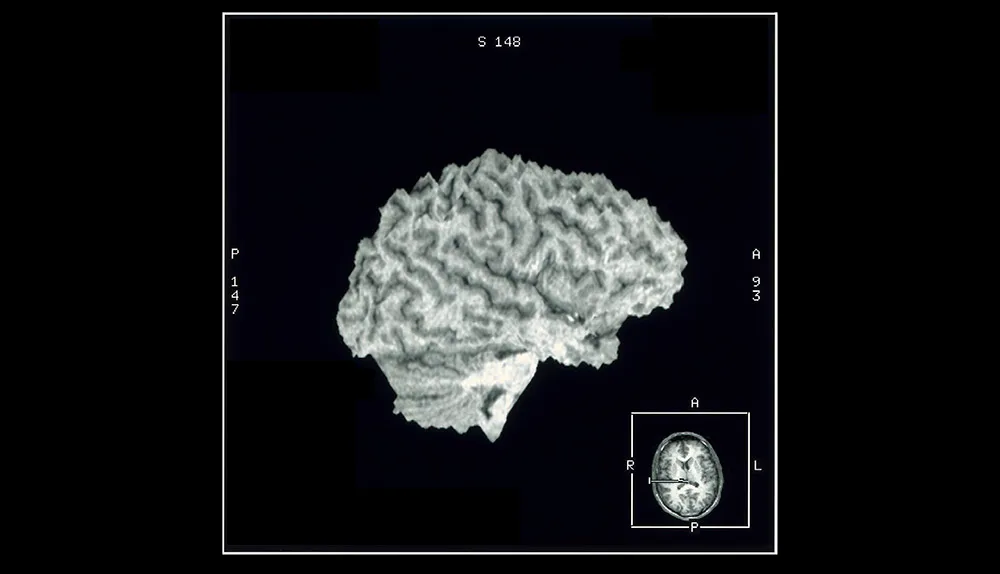
Such sophisticated methods for analysing the human brain will continue to help us understand healthy memory, as well as what happens when it is ravaged by disease.
Alzheimer’s remains the leading cause of dementia, affecting more than half a million people in the UK. The disease destroys the vital connections between neurons, leading to memory loss and confusion. Despite our best efforts, there is still no cure.
There are, however, ways in which you can improve your memory. Research by Prof Eleanor Maguire at University College London has shown that the brains of the world’s best memorisers aren’t any different to anyone else’s anatomically: the memory champs just make use of an ancient technique called the ‘method of loci’.
In order to remember a large number of items, place them around a ‘mind palace’. This can be any location that you know well. To recall the items, you just retrace your route and pick them up.
It’s a trick that makes anything easier to recall at a later date. Try it for yourself: it turns out that anyone can be a super memoriser.
- This article first appeared in issue 314 of BBC Focus magazine